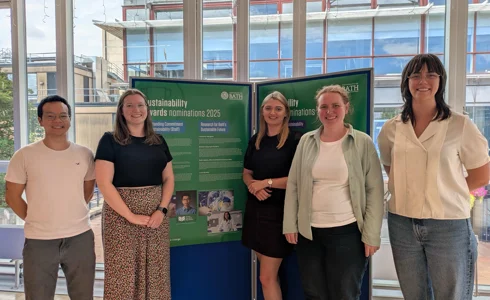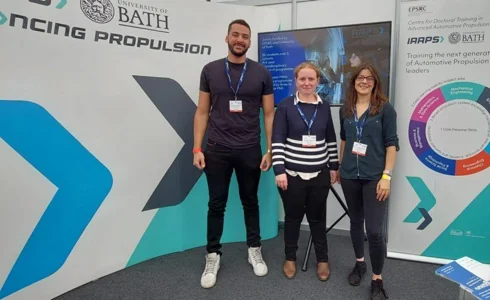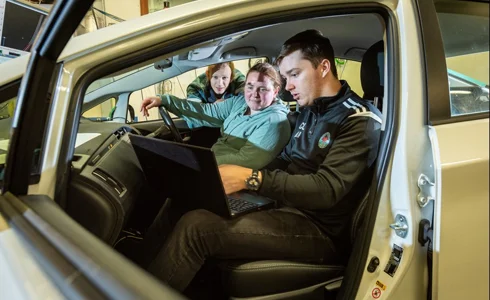
Catherine Naughtie
Theme
Transport, Behaviour and SocietyProject
Rethinking vulnerability: Perception, Behaviour, and Power Differentials in Mixed Road-User InteractionsSupervisor(s)
Prof Lorraine Whitmarsh, Prof Chris BraceBio
Catherine recently completed an MSc in Psychology with distinction at the University of Gloucestershire, specialising in attention and decision making. She has been involved in several projects researching situational awareness in complex environments and high-pressure situations. She has joined the AAPS CDT to research interactions between different classes of road users and how the introduction of autonomous technologies, driver assistance systems, and ‘smart’ infrastructure may influence these interactions. She is particularly interested in how changes to propulsion systems may impact vulnerable road users, such as cyclists and pedestrians, and how they interact with vehicles.
Fun Facts
- As a child, I loved football and used to play for a local team
- I enjoy reading and have more books than bookshelves
- I love animals and I used to volunteer at a dog sanctuary
- I’ve been a vegetarian for 17 years
Rethinking vulnerability: Perception, Behaviour, and Power Differentials in Mixed Road-User Interactions
Classifying road users based on their characteristics allows researchers and policy makers to make general distinctions between different types of road users who may have different needs. The classification vulnerable road user (VRU) is frequently used to describe road users who are not protected by the frame of a vehicle and considered to be high-risk (e.g., motorcyclists, cyclists, or pedestrians). However, there is a body of research challenging this classification, highlighting the emphasis it places on road users as ‘vulnerable’ rather than the vulnerabilities caused by external factors, such as infrastructure design and the behaviour of other road-users. Although this critique is not new, the issues identified in this critical literature are not coherently addressed in empirical work involving these road users that uses the VRU construct and forms assumptions based on it.
The third phase of this research will focus on theory development and simulation. Here, the theoretical processes identified in phase 2 will be formalised into causal models outlining the expected relationships between different elements of vulnerability and their link to behaviour. These models will then be tested and iteratively refined through agent based modelling. The aim of this phase is to explore the validity of the theory proposed and identify potential tipping points or critical factors that can influence road user behaviour based on changes in vulnerability.
